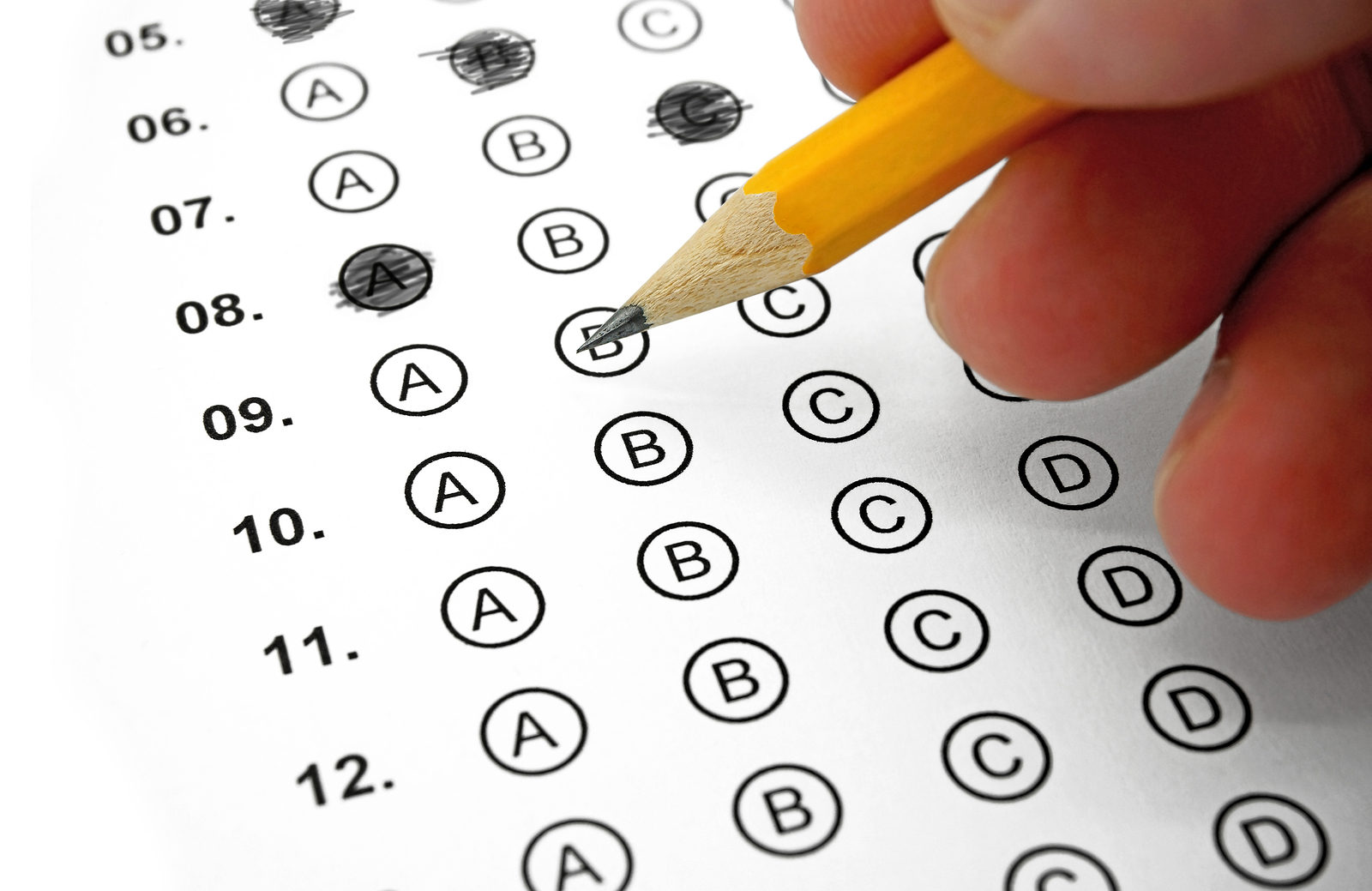The first thing to know about the reading comprehension section of any test is that it is not a test of how well you read. It’s a test of how well you take a reading test.
What this means for test takers is that to do well on this test section, most students won’t need to improve their reading. They’ll need to learn how they best take a reading test.
There are strategies for improving test scores for any section of the test, and the reading comprehension section is no exception. However, where these strategies work almost universally in other sections, the best strategy for attacking reading comprehension is very individual. A test taker must know which strategy works best for her or him well before they sit down to take the test.
And the only way to find out which way works best is experiment and practice.
Here are the three basic reading comp strategies:
- Read the entire passage, then answer the questions
- Read the questions first to know what you’ll be asked about, then read the passage
- Read a little of the passage, answer a few questions, read a little more, answer a few more…
How will you know which strategy is best? It’s the one that gets the most points in the shortest time. And you won’t know that until you’ve tried it out.
But we have had a lot of experience with different students, and there are a few basic rules of thumb we’ve found that can help you decide.
Here’s what we’ve seen over the years using each kind of strategy.
Strategy #1
Strategy one, reading the entire passage first, then answering all the questions, is the way most of us would try a reading comp section if we had never learned how to take a test. For some people it’s also the best way.
We recommend this strategy for two types of student: readers who naturally read extremely quickly, and test takers who will be taking the test without practicing beforehand.
The problem with this strategy, though, is that there is a lot of material to absorb before you even see what the questions will ask about. This means that you will forget a lot, and will need to go back and reread some or even most of the passage just to have a chance at getting the question right. This is largely because the questions are made to be confusing. And it isn’t always easy to know what the test makers are thinking.
But very quick readers do well with this method, and those who have not practice will be most at ease this way.
Strategy #2
In the second method, reading the questions first, the idea is to find out what you’re going to be asked about, so that you only need to read those parts carefully. This can work, and for a rare few, it works very well.
But there are drawbacks for most people. For one thing, it can be difficult to understand the overall point of the reading when focusing so closely on the questions instead of the reading. Another problem is that this way can take a lot of time to do well. And one of the issues with this section is learning to move through it quickly, and pick up as many points as you can.
Strategy #3
The third method, read a little and answer a few questions, is the one we think is best – but with one very big warning: only way to get good at using this strategy is to practice a lot. In our experience students who this strategy get stressed at first. They worried that they are not picking up every detail of the meeting, and are therefore very unsure about how to properly answer the questions. This kind of stress is bad for scores.
We know. We were the same way when we started practicing tests.
What We Learned Through Practice
When we first started practicing reading comp sections, trying to use fancy strategies destroyed our scores. So we went back to simply reading the entire passage, and then answering the questions. But after we had practiced with dozens of these tests, we begin to find ourselves naturally reading just a little, then answering some of the questions. In fact, our best scores would eventually come through using this strategy.
But when we began to preach this strategy to our students, we found they did the same thing we did – they were too nervous about picking up the details of the reading passages at first and their scores were poor. The ones who practiced a lot usually learned to like this strategy, and got their best scores that way. But if they didn’t practice much, this strategy actually cost them points.
So what do we tell our students now?
We tell them to try out all three strategies, and to practice them frequently to find out which one they like best. In the end, the best reading comp strategy is the one that gets the best possible score


